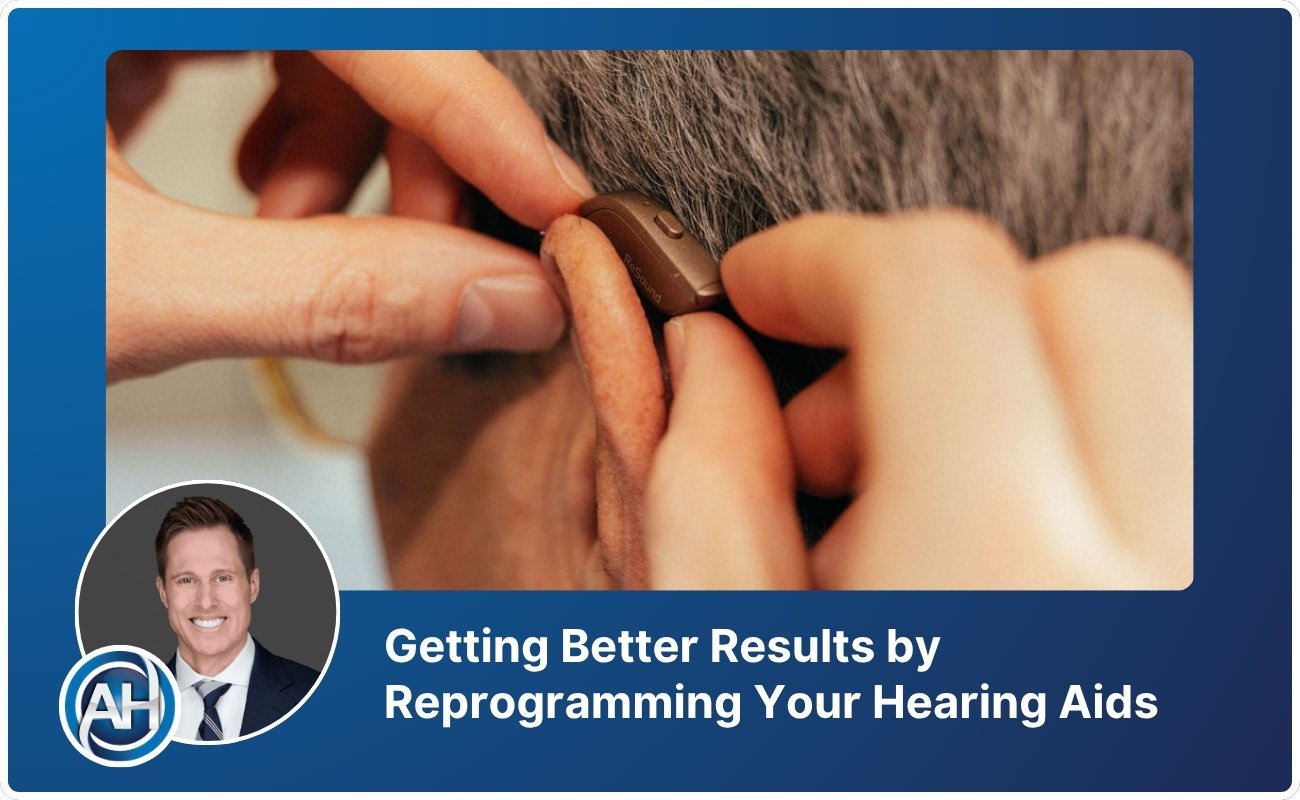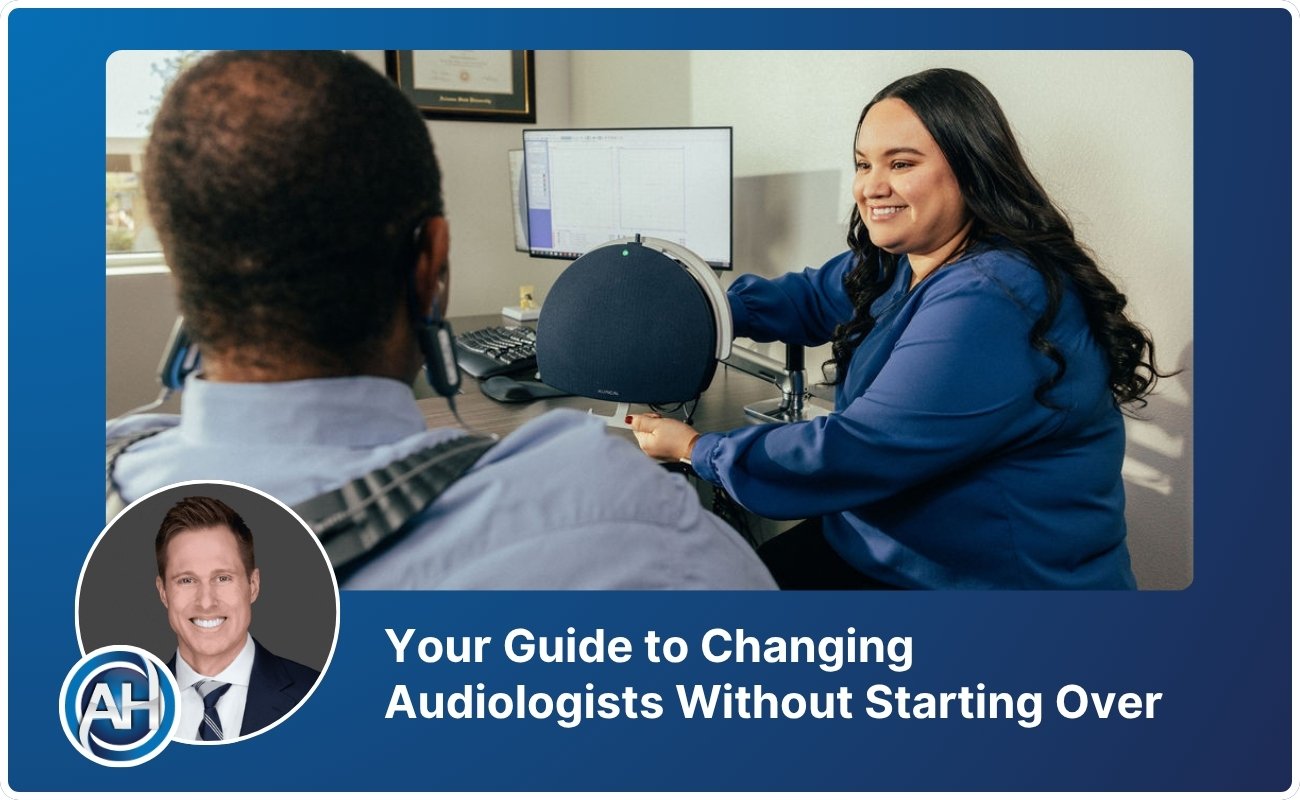
Getting Better Results by Reprogramming Your Hearing Aids
Proper hearing aid reprogramming using Real Ear Measurement and comprehensive evaluation can dramatically improve speech clarity without requiring new devices for most users.
Integrate your CRM with other tools
Lorem ipsum dolor sit amet, consectetur adipiscing elit lobortis arcu enim urna adipiscing praesent velit viverra sit semper lorem eu cursus vel hendrerit elementum morbi curabitur etiam nibh justo, lorem aliquet donec sed sit mi dignissim at ante massa mattis.
- Neque sodales ut etiam sit amet nisl purus non tellus orci ac auctor
- Adipiscing elit ut aliquam purus sit amet viverra suspendisse potenti
- Mauris commodo quis imperdiet massa tincidunt nunc pulvinar
- Adipiscing elit ut aliquam purus sit amet viverra suspendisse potenti
How to connect your integrations to your CRM platform?
Vitae congue eu consequat ac felis placerat vestibulum lectus mauris ultrices cursus sit amet dictum sit amet justo donec enim diam porttitor lacus luctus accumsan tortor posuere praesent tristique magna sit amet purus gravida quis blandit turpis.

Techbit is the next-gen CRM platform designed for modern sales teams
At risus viverra adipiscing at in tellus integer feugiat nisl pretium fusce id velit ut tortor sagittis orci a scelerisque purus semper eget at lectus urna duis convallis. porta nibh venenatis cras sed felis eget neque laoreet suspendisse interdum consectetur libero id faucibus nisl donec pretium vulputate sapien nec sagittis aliquam nunc lobortis mattis aliquam faucibus purus in.
- Neque sodales ut etiam sit amet nisl purus non tellus orci ac auctor
- Adipiscing elit ut aliquam purus sit amet viverra suspendisse potenti venenatis
- Mauris commodo quis imperdiet massa at in tincidunt nunc pulvinar
- Adipiscing elit ut aliquam purus sit amet viverra suspendisse potenti consectetur
Why using the right CRM can make your team close more sales?
Nisi quis eleifend quam adipiscing vitae aliquet bibendum enim facilisis gravida neque. Velit euismod in pellentesque massa placerat volutpat lacus laoreet non curabitur gravida odio aenean sed adipiscing diam donec adipiscing tristique risus. amet est placerat.
“Nisi quis eleifend quam adipiscing vitae aliquet bibendum enim facilisis gravida neque velit euismod in pellentesque massa placerat.”
What other features would you like to see in our product?
Eget lorem dolor sed viverra ipsum nunc aliquet bibendum felis donec et odio pellentesque diam volutpat commodo sed egestas aliquam sem fringilla ut morbi tincidunt augue interdum velit euismod eu tincidunt tortor aliquam nulla facilisi aenean sed adipiscing diam donec adipiscing ut lectus arcu bibendum at varius vel pharetra nibh venenatis cras sed felis eget.
If you've been wearing hearing aids but feel like they're not living up to your expectations, you're not alone. Many people in Phoenix and the surrounding area come to our clinic expressing frustration that their devices make things louder, but speech still isn't clear—especially in noisy restaurants or family gatherings. The good news? In many cases, the solution isn't new hearing aids at all. It's proper reprogramming of the devices you already own.
Why So Many Hearing Aids Underperform
Research shows that over 70% of hearing aids are not programmed correctly to match the wearer's hearing loss prescription. This statistic might seem shocking, but it explains why so many people struggle with their devices despite investing in quality technology.
When hearing aids are initially fit, they're typically programmed with what manufacturers call "first-fit" settings. These are essentially educated guesses about how much amplification you need based on your hearing test results. While these settings are designed to sound comfortable right away, they're rarely optimized for maximum speech clarity and performance.
The problem is that most hearing care providers never verify the programming beyond these initial estimates. Without proper verification procedures, there's no way to know if your hearing aids are delivering the right amount of amplification at the right frequencies for your unique hearing loss.
The Three Common Problems We See
After working with hundreds of existing hearing aid users over the years, we've identified three main reasons why hearing aids fail to deliver optimal performance:
Wrong Technology: Sometimes the hearing aids themselves aren't capable of treating your specific type or degree of hearing loss. This is particularly common with older devices or when hearing loss has changed significantly since the original fitting.
Mechanical Issues: Hearing aids are sophisticated electronic devices exposed to moisture, earwax, and daily wear. Between 15-25% of new and repaired hearing aids don't meet manufacturer specifications for performance due to mechanical problems.
Improper Programming: This is by far the most common issue we encounter. Even the most advanced hearing aids from leading manufacturers like Phonak, Oticon, Starkey, ReSound, Signia, and Widex will underperform if they're not programmed correctly to your hearing loss prescription.
How Proper Reprogramming Works
Effective hearing aid reprogramming isn't just about making a few quick adjustments in the software. It requires a comprehensive approach that starts with understanding your current hearing status and systematically optimizing every aspect of your devices.
Starting with a Fresh Hearing Evaluation
Your hearing doesn't stay the same over time. Even subtle changes can affect how your hearing aids should be programmed. That's why proper reprogramming begins with an updated comprehensive hearing evaluation, including testing your ability to understand speech in background noise—something many basic hearing tests skip.
This evaluation establishes your current hearing loss prescription, which serves as the target for programming your hearing aids. Without knowing exactly what your ears need today, there's no way to program your devices optimally.
Physical Fit Assessment
Before diving into programming, we need to ensure your hearing aids fit properly in your ears. The physical fit affects everything from comfort to sound quality. We evaluate whether your current domes or custom earmolds are appropriate for your hearing loss and make adjustments as needed.
The right physical fit prevents feedback (that annoying whistling sound), ensures proper retention, and creates the ideal acoustic seal for your specific hearing loss configuration. Sometimes simply changing dome styles or ordering new custom earmolds makes a dramatic difference in performance.
Real Ear Measurement: The Gold Standard
Here's where reprogramming gets scientific. Real Ear Measurement is a verification procedure that measures the actual sound output of your hearing aids at your eardrum while you're wearing them. This is the only scientifically validated way to confirm your hearing aids are programmed correctly.
During this process, we place a tiny probe microphone in your ear canal alongside your hearing aid. We then present calibrated speech signals and measure how much amplification you're receiving at different frequencies. The goal is to match your hearing loss prescription as closely as possible.
We perform these measurements for three different input levels: average conversational speech, loud speech, and soft speech. This ensures your hearing aids provide appropriate amplification across all the listening situations you encounter daily—from quiet conversations with soft-spoken grandchildren to understanding your spouse in a noisy Phoenix restaurant.
What to Expect During the Reprogramming Process
Professional reprogramming isn't a quick fix. It's a structured process that takes place over several appointments to ensure optimal results.
Initial Reprogramming Session
Your first appointment focuses on establishing the foundation. After updating your hearing evaluation and assessing physical fit, we perform comprehensive Real Ear Measurement to reprogram your devices to your current prescription. This session typically takes about 75 minutes.
We also conduct a pre-outcome assessment, identifying specific listening situations you struggle with. This gives us concrete goals to work toward and helps us measure improvement objectively.
Follow-Up Adjustments
About a week after the initial reprogramming, we see you again to review your experiences with the adjusted programming. Your feedback combined with objective data from your hearing aids' data logging helps us fine-tune the settings further.
During this appointment, we may adjust how your hearing aids handle background noise, activate additional features you weren't using before, or make frequency-specific changes based on your real-world experiences. We continue progressing you closer to your full hearing loss prescription as your brain adapts to hearing sounds it may not have heard clearly in years.
The final follow-up typically occurs around three weeks after the initial reprogramming. By this point, you should notice significant improvement in your ability to understand speech in various listening environments. We complete a post-outcome assessment to measure exactly how much your hearing performance has improved.
The Role of Advanced Features
Modern hearing aids from manufacturers like Phonak, Oticon, Starkey, ReSound, Signia, and Widex include sophisticated features designed to improve hearing in challenging situations. However, these features need to be activated and customized properly during reprogramming.
Noise Reduction: These features help reduce distracting background noise while preserving speech clarity. The key is finding the right balance—too little reduction leaves you struggling in noise, while too much can make speech sound muffled.
Directionality: Most modern hearing aids can focus on sounds coming from specific directions. Proper programming ensures this feature adapts appropriately to different listening environments without becoming overly aggressive.
Frequency Lowering: For those with severe high-frequency hearing loss, this technology moves high-pitched sounds to frequencies where you have better hearing. It requires precise programming to sound natural while improving speech understanding.
When Reprogramming Isn't Enough
Sometimes our evaluation reveals that reprogramming won't solve the problem because the hearing aids themselves are no longer appropriate for your hearing loss. This might be due to the age of the technology, feature limitations, or significant changes in your hearing.
In these cases, we're honest about the situation. There's no point investing time and money into reprogramming devices that can't meet your needs. Instead, we discuss whether new technology would be a better investment in your hearing health.
Taking the Next Step
If your hearing aids aren't performing as well as you'd hoped, or if you haven't had them professionally evaluated in over a year, it's time for a comprehensive review. Our Applied360 Review consultation examines your hearing aids' programming, mechanical function, and suitability for your current hearing loss.
This two-hour evaluation identifies exactly why your devices aren't meeting your expectations and provides clear recommendations for improvement. For many people, proper reprogramming through our Applied360 Refit program transforms their hearing experience without requiring new technology.
Don't settle for hearing aids that just make things louder. You deserve devices that help you understand speech clearly in all the situations that matter to you. Contact Applied Hearing Solutions today at (602) 877-0000 to schedule your comprehensive hearing aid review. Our experienced audiologists are ready to help you finally experience the full potential of your hearing technology.



